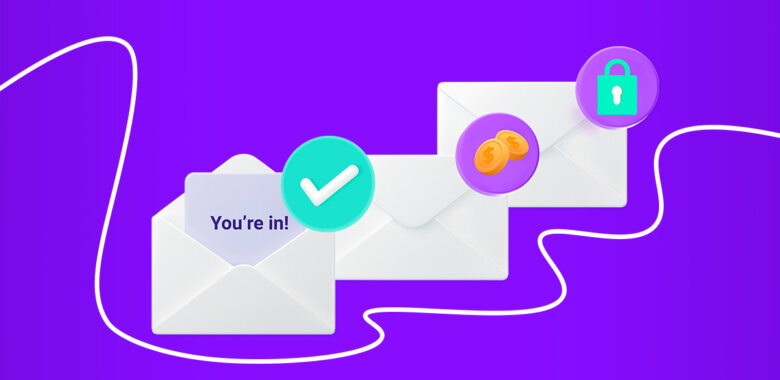Why are transactional emails important?
Companies can benefit from using transactional emails in some ways:
Improved customer experience and retention
Let’s be honest, when customers make a purchase they expect an email notification about order confirmation and update on shipping activity. Without these essential emails in place, your customer will be left in the dark after making a purchase – leading to dissatisfaction with the buying experience. To maintain trust among clients, transactional emails should be a requisite component of email marketing strategy. This will not only enhance customer satisfaction but also strengthen loyalty to your brand — two key factors for success.
Despite not being about sales, transactional emails can still include information about additional products, promotions, or services that are related to a previous or current purchase. Such unobtrusive advertising motivates customers to buy additional products.
Brand recognition
One purchase may not be enough to ensure that customers remember your logo. Yet incorporating a signature logo into each order confirmation, shipping update, etc. can make sure it stays in their minds. By doing this, you’ll guarantee that they become more and more aware of your brand with every interaction.
Create convenience
Speed and convenience are deemed by 80% of customers as two of the most important qualities in customer service. Transactional emails make life easier for both customers and businesses, providing a simple way to take care of many tasks at once. They provide customers with an easy way to track their purchases, receive updates on their status, and easily access further information about a product or service.
Boost engagement
By including tailored content in transactional messages, like a follow-up survey, you can increase the odds that clients will engage with your brand beyond just the initial purchase. Include social media links and motivate customers to either follow or join up with your company on those platforms — this helps build an online community while also strengthening interaction between them and your brand!





















